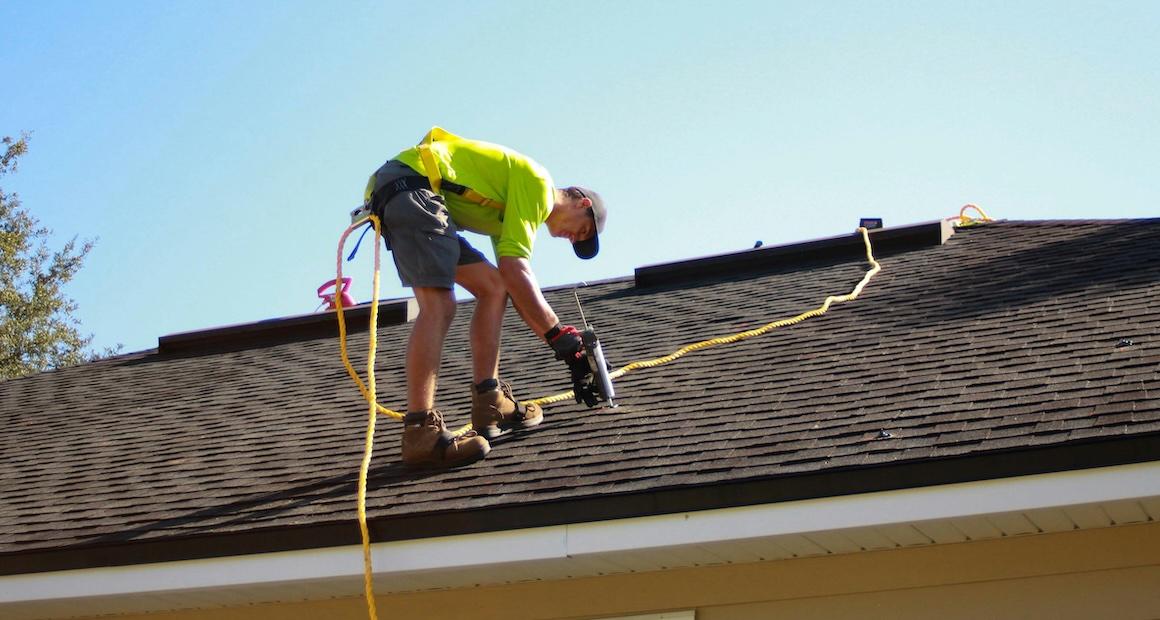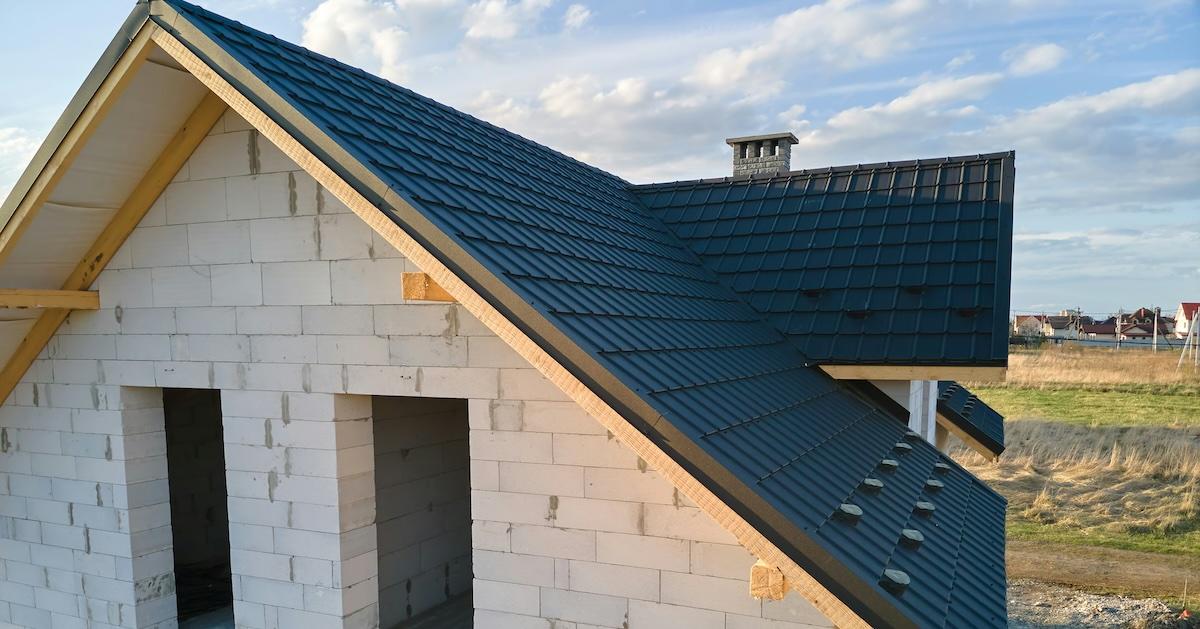Building Smarter: How a Roofing CRM Is Reshaping the Modern Roofing Business
Roofing has always been a business built on craftsmanship and trust. Today, technology is adding precision to that tradition.
Oct. 24 2025, Published 3:51 p.m. ET

Precision and timing are everything in the roofing industry. A missed call, a lost estimate, or a delayed update can make the difference between winning a job and losing it. As competition rises and customer expectations grow, companies are discovering that old-school spreadsheets and paperwork can’t keep up.
That’s where a roofing CRM comes in. Designed specifically for contractors, the system streamlines communication, automates scheduling, and centralizes every detail, from the first lead to the final invoice. For companies looking to scale without sacrificing quality, platforms like Leap demonstrate how digital transformation can be essential for growth and efficiency.
Challenges in Traditional Roofing Operations
Many roofing businesses still rely on paper-based systems and scattered tools. The result is a daily juggling act: job details lost in emails, follow-ups missed, and crews arriving at sites with outdated information.
When projects span multiple locations, tracking progress becomes even harder. Who's assigned to which job? Has the customer approved the latest estimate? Did the materials arrive on time? With no unified system, small issues quickly pile up and everything slows down.

Manual processes also leave room for human error. Misfiled documents or unclear communication can cause costly mistakes such as double bookings or incorrect measurements. For fast-moving teams, the traditional way of managing operations is simply too risky.
Benefits of Going Digital
A roofing CRM turns disorganization into clarity. By moving operations to a cloud-based platform, teams can access everything they need from anywhere. This includes customer data, job photos, material orders, and contracts. Field staff can update progress in real time while office teams track estimates and communication history without a single missing detail.
Automation can handle many repetitive tasks. Instead of manually logging leads or chasing paperwork, the system handles data entry, sends appointment reminders, and even generates follow-up emails. That means more time for actual work and less time spent on admin.
For growing companies, this kind of visibility and automation isn't a luxury. It's a foundation for scaling with confidence.
Enhancing Customer Experience
In today’s market, speed and transparency build trust. A roofing CRM helps deliver both.
Customers can receive real-time project updates, review photos from the job site, and approve documents instantly through branded client portals. That professional touch can save time and improve confidence. The reason? Clients always know what's happening and when.
Meanwhile, estimate-to-invoice workflows ensure every transaction feels seamless. No misplaced contracts. No surprise charges. Just clear and constant communication from start to finish.
For homeowners investing thousands in roof repairs or replacements, that level of professionalism makes all the difference. It's how roofing companies turn one-time clients into repeat customers and eventual referrals.
Data-Driven Decision-Making
Beyond day-to-day management, a roofing CRM offers something traditional systems never could: data-driven insight.
By tracking metrics like job duration, close rates, and material usage, business owners gain a real-time view of performance. Reports highlight bottlenecks and reveal trends in sales or production, helping leaders make smarter decisions.

For example, if jobs consistently take longer than expected, managers can pinpoint whether the delay stems from weather, staffing, or material shortages. Over time, these insights help optimize workflows and increase profitability.
Instead of relying on instinct alone, owners can finally plan growth strategies backed by clear, actionable data.
Specialized Software for Roofing CRM Businesses
Generic CRMs often lack the tools roofing companies need. That's why trade-specific platforms like Leap include features that matter most in the field: aerial measurements, storm tracking, photo documentation, and digital contracts.
With a roofing CRM, every part of the business connects. Leads flow into schedules. Photos attach directly to customer profiles. Invoices sync automatically with accounting tools. What used to require a dozen separate systems now happens in one unified workspace.
Roofers enjoy fewer mistakes, faster turnarounds, and stronger client relationships. And for the teams using it every day, it means less chaos and more control.
Roofing has always been a business built on craftsmanship and trust. Today, technology is adding precision to that tradition. By adopting modern tools like a roofing CRM, companies can move beyond paperwork and guesswork to focus on what really matters: quality work, satisfied customers, and a business built to last.
FAQ Section
Q1: What’s the biggest benefit of digital transformation in roofing?
A: Faster workflows, improved team coordination, and better customer satisfaction.
Q2: Are roofing companies required to use CRMs or project tools?
A: Not required, but highly recommended for scalability and professionalism.
Q3: Can software help with storm response services?
A: Yes, many tools now offer features for weather tracking and emergency job deployment.
Q4: How long does it take to implement a digital workflow?
A: Most teams can be fully trained and operational within a few weeks.
Q5: Is specialized software more expensive than general CRMs?
A: While it may have a higher upfront cost, specialized features often yield better ROI for roofing businesses.
